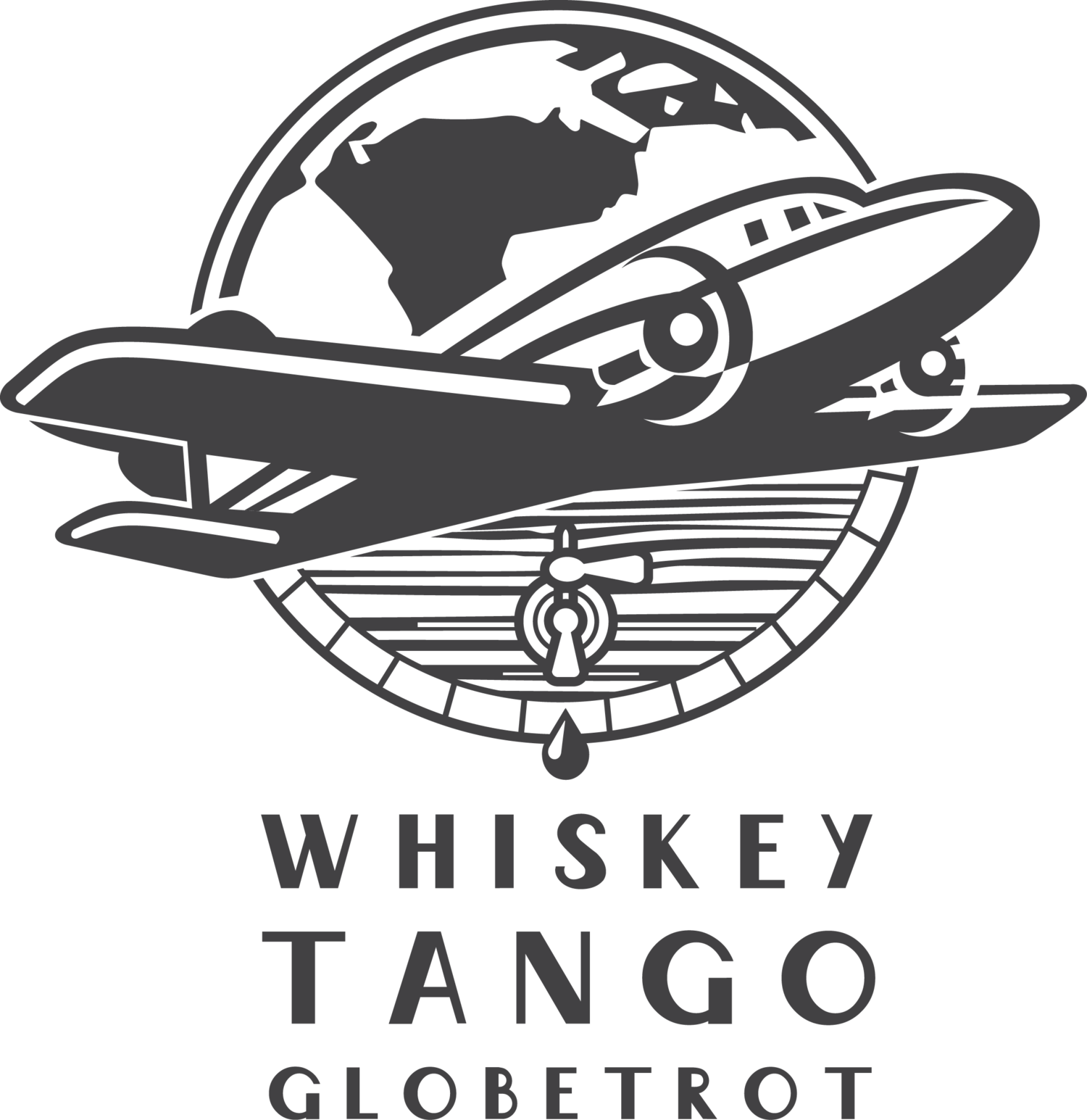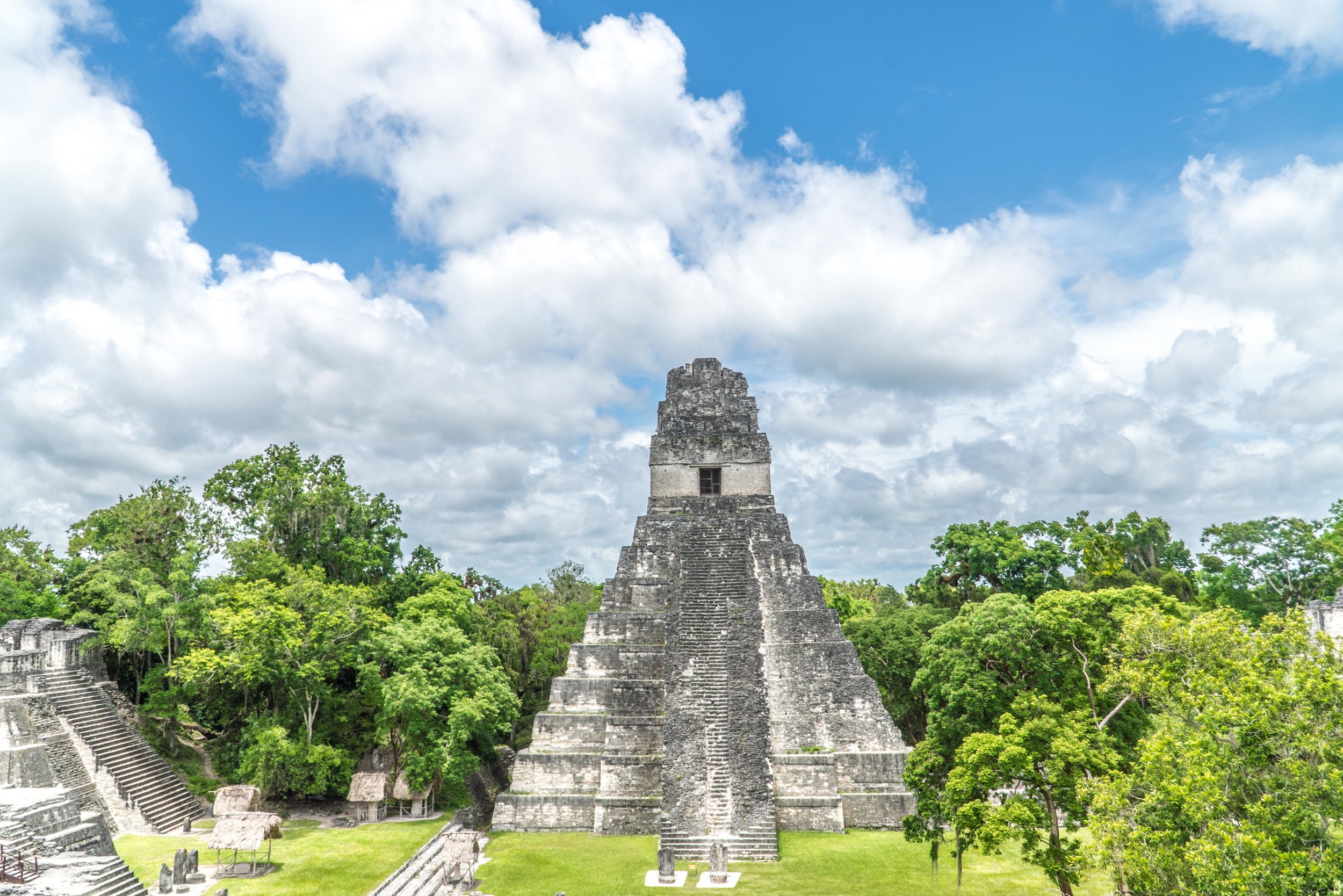The Canary Islands, a European Holiday Destination
"You're the first American customer we've ever had." As soon as my surf instructor told me that, I knew I was in for a different experience in the Canary Islands. Now on day 3 of a 10-day trip to the Canaries and I've yet to meet another American or hear an accent that isn't European. Visiting popular vacation destinations like Costa Rica and St. Lucia, I've just come to expect that Americans are visiting the same destinations I'm visiting, yet that hasn't been the case here in the Canaries.
And for that, and many other reasons, I've come to like it here. I've come to regard the Canary Islands' relationship to Europe similarly to Hawaii or the Caribbean's relationship to the U.S. While it features warm weather year-round, the Canaries are a popular summer vacation destination for Europeans. Sandy beaches, beachfront resorts, open-air bars, and cheap food and drinks - what more do you need? Oh, and a bunch of volcanos, and a few thousands of goats. While this may sound like the description of many Americans' favorite tropical destinations, it's also a fitting description for the Canaries.
I'm in the resort town of Corralejo on the island of Fuerteventura, the second largest Canary Island. Tenerife is probably the most well known island, as it's the largest and most popular. However, I'm here for the surfing, attending my first surf camp at Aloha Surf Academy (Contrary to "camp" stereotypes, we don't sit around a beach campfire singing Kumbayah, although we do listen to Bob Marley on the way to the beach every day). Some have even gone as far as to call it the "Hawaii of Europe", due to its clear blue waters and impressive waves. Similar to Oahu, Hawaii, there is even a stretch of Fuerteventura referred to as the North Shore. However, the comparisons to Hawaii typically end once you move the slightest bit inland beyond the beaches.
While you may often think lush rainforests, farmland, and vibrant colors when it comes to islands, you won't find any of that here. In fact, the landmark we've used to get to our hostel every day is a large blooming bush two blocks down, as it's one of the few blooming plants I've come across in town. So what is Fuerteventura comparative to? Mars, as in the planet. In between towns characterized by North African-style flat roofs you'll find miles of rocky terrain, with volcanos dotting the horizon, most of which haven't been active for years. Since Fuerteventura is the oldest island in the Canaries, its volcanoes aren't active like some of the other islands.
Fuerteventura is a year-round surf destination, predominantly bringing beginners during the summer months when the waves are smaller, and bringing more experienced (And often professional) surfers during the late fall and winter. The fall and winter surf season often depends on the hurricane season in the Atlantic Ocean, as a bigger hurricane season, means bigger waves. However, while Fuerteventura is no doubt a top European surf destination, it's really known for its wind sports, including windsurfing and kiteboarding.
My first day on Fuerteventura saw me on the south end of the island for the Windsurfing and Kiteboarding World Cup, which is in its 27th year, taking place on a large, wide beach, called Playa Sotavento. Tucked away on the corner of the island, Sotavento, is one of the windiest parts of the island, making for prime windsurfing and kiteboarding conditions, with windsurfers able to reach speeds similar to that of jet skis.
The Windsurfing and Kiteboarding World Cup in Fuerteventura was laid out similar to other professional water sport events I've attended, with a grandstand area, main tent with music, food, and drinks, and spectators watching from the stands or the beach. The only difference being that this competition sees its fair share of European men walking around confidently in speedos and the occasional topless woman. The event features several different competitions, including races and freestyle events. The day I attended featured freestyle windsurfing, which consisted of two competitors having a certain amount of time to show off their best tricks, with judges taking their four best tricks. Listening to the announcer was just as entertaining, as he gasped at each and every turn and flip, enthusiastically yelling the names of each maneuver, such as "flacker" or "shocker".
With kites dotting the horizon and a line of surf vans heading to the beaches each morning, it's clear what reigns supreme here. Fuerteventura has been a great introduction to what a European holiday destination is like. It turns out that tropical islands go beyond just the Caribbean and South Pacific. Now the only question that remains: Will I be able to stand up on a surf board by the end of the week?
What European holiday destinations stand out to you that you've visited or want to visit?












